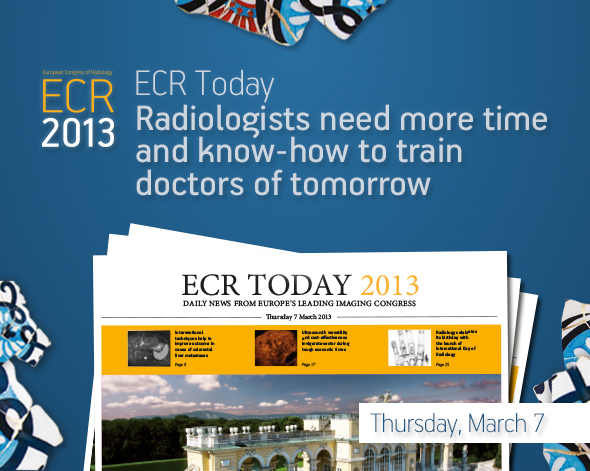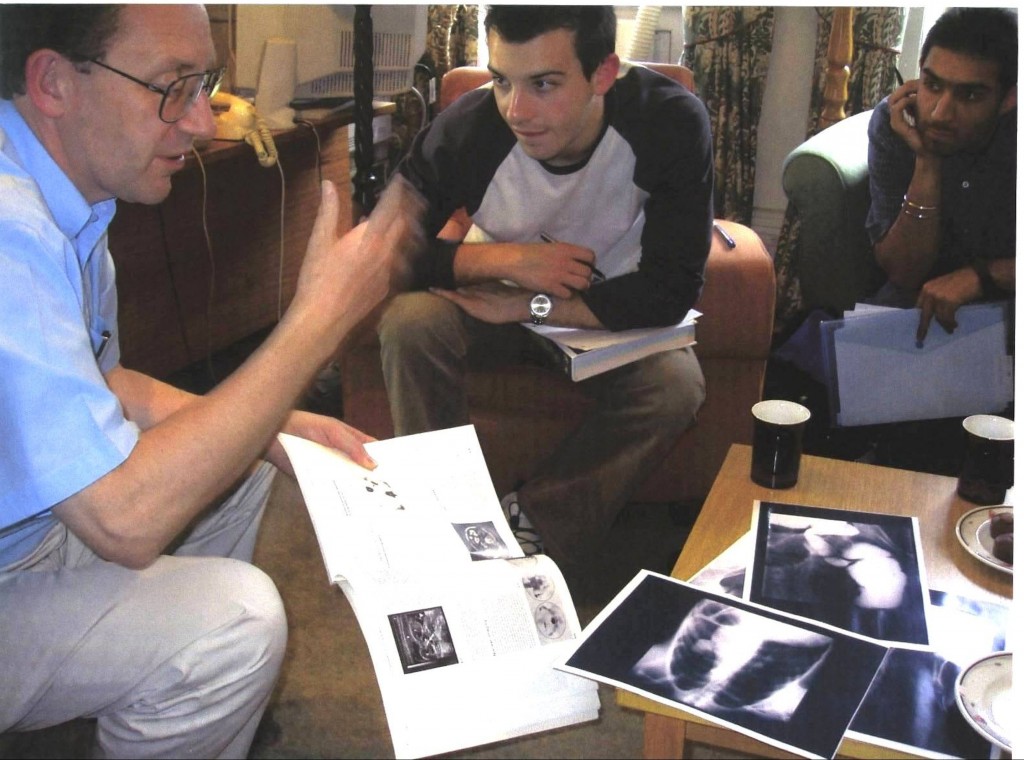ECR 2013 Rec: Finding the time and resources in the radiology department #A024 #PC3
A-024 Finding the time and resources in the radiology department
J. del Cura | Thursday, March 7, 16:00 – 17:30 | Room F1
One of the problems of undergraduate teaching of Radiology is the lack of time for teaching, due to competition for resources with other academic disciplines. Available classroom time and hours of practice are often insufficient to teach the increasingly complex modern Radiology. Also, the availability of financial resources to hire staff or access to educational facilities is competitive and limited, especially in a context of economic crisis. A good solution is to shift the paradigm of education, changing theoretical teaching into self-learning by students. This change allows to free class time to effectively teach Radiology. Classes are converted in workshops, doubt-solving sessions and problem-based learning, all of which matches better with a visual discipline like Radiology. Both on-line classes and e-learning can be useful for this purpose. This kind of teaching also makes Radiology a very attractive discipline for Medicine students. Also, Radiology practices can be carried out using custom computer applications. The lack of professors (and time) for practices can be solved with the help of residents, who are willing to participate as they are more prone to understand the learning needs of the students. Finally, the lack of economic resources makes it is necessary to seek alliances: with the industry, professional associations or with professors from other universities, sharing resources. Internet also provides free materials that can be used to teach.


